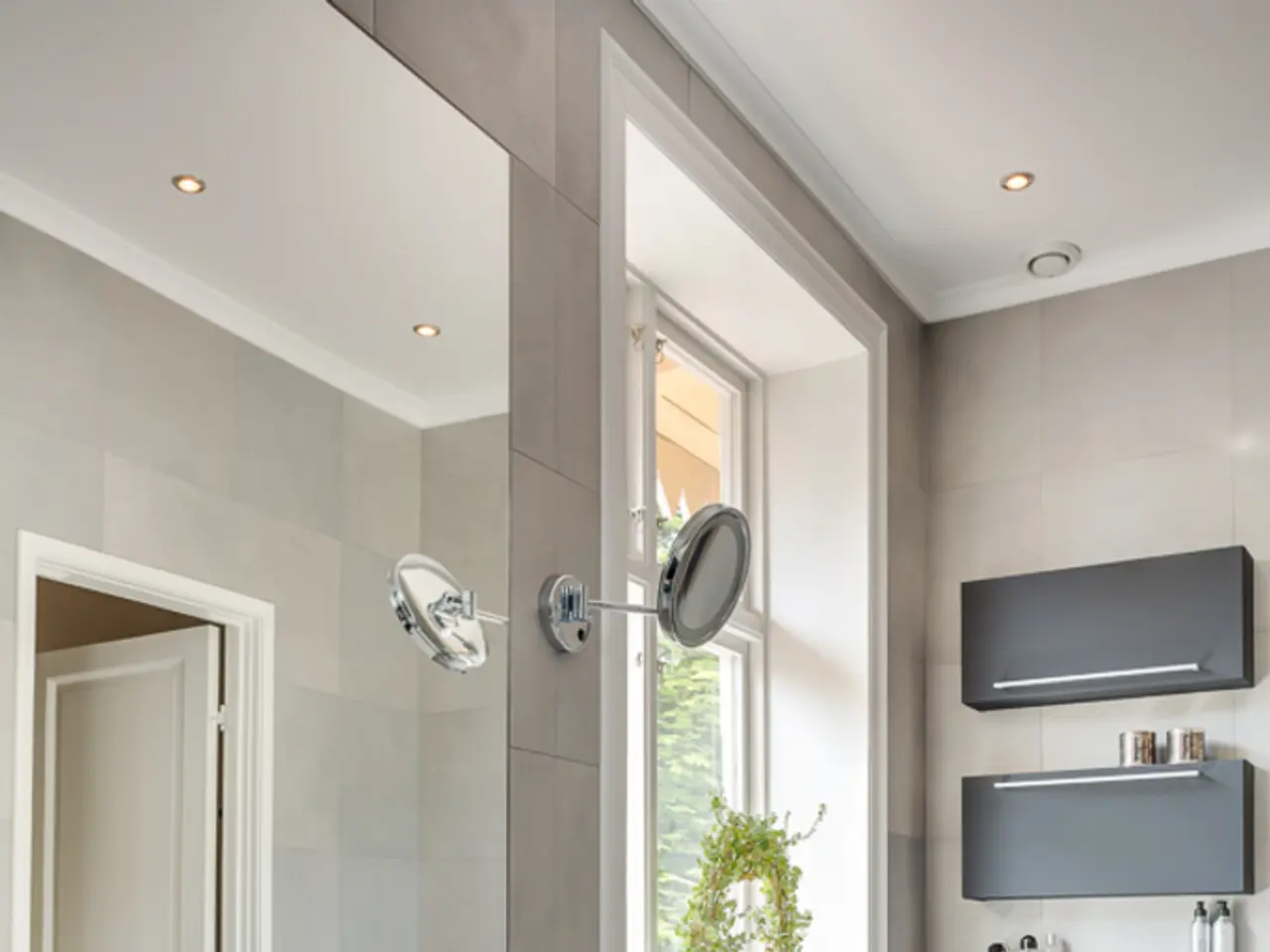Home Studio Allergy Management: A Comprehensive Guide for Designers
In the world of design, your health isn't just a detail – it's your foundation. Designing an allergy-smart studio can help protect both your vision and vitality, balancing health and aesthetics.
The environment shapes the experience, and creating an allergy-smart studio is more than just a trend. It's a thoughtful approach to design that prioritises the wellbeing of creatives, especially those working from home.
If you're tired of relying on antihistamines or missing deadlines due to fatigue, consider speaking to an allergist about long-term options like allergy drops or shots. The American Academy of Allergy, Asthma & Immunology suggests that immunotherapy can be a long-term solution for managing allergies.
Immunotherapy, such as allergy drops taken under the tongue, can dramatically reduce allergy symptoms by training the immune system to ignore the allergen. Sublingual immunotherapy (like drops or tablets) is especially convenient for creatives working from home, since it's administered without injections and doesn't require frequent doctor visits.
To minimize allergy triggers in a home studio without sacrificing style or creativity, focus on reducing allergens and improving indoor air quality while choosing non-toxic, stylish materials and decor.
Use allergen-neutralizing sprays regularly on common allergen buildup areas like rugs, upholstery, and fabric surfaces. Products such as those containing WhiskerBlock and EnviroBlock proteins can neutralize major allergens like pet dander and dust mites effectively, spraying every 2-3 days to maintain an allergen-reduced environment.
Select non-toxic, low-VOC furniture and decor certified by GREENGUARD or similar standards to avoid indoor air pollutants that can exacerbate allergies or cause respiratory irritation. Avoid newly off-gassing furniture as it may release VOCs that worsen air quality.
Incorporate air-tight and moisture-controlled design elements to prevent mold growth, which triggers allergies and migraines. Use proper insulation and ventilation to keep the studio dry and mold-free.
Choose design elements that double as allergen barriers or easy-to-clean surfaces. For example, opt for flat-weave rugs or hard flooring instead of plush rugs that trap dust, and choose fabrics that can be regularly washed without losing style.
Use blackout curtains and matte-finish paints with low VOC content to create a soothing, glare-reduced creative space that also helps limit dust accumulation on surfaces.
Maintain regular cleaning routines, including laundering textiles and vacuuming with a HEPA filter to remove dust, pollen, and skin flakes that accumulate and trigger allergies without compromising the aesthetic.
By combining these approaches, you can maintain a beautiful, personalized studio space that supports both creativity and health by controlling allergy triggers effectively. Immunotherapy can provide relief at the root cause of allergies instead of just masking symptoms, offering a long-term solution for those seeking allergy relief.
- Embracing the health-and-wellness aspect of design, consider creating an allergy-smart studio that balances aesthetics with wellbeing.
- To reduce allergy symptoms, investigate therapies-and-treatments like sublingual immunotherapy, a long-term solution suggested by the American Academy of Allergy, Asthma & Immunology.
- In the process of designing an allergy-smart studio, prioritize improving indoor air quality and reducing allergens, while still maintaining a stylish and creative home-and-garden ambiance.
- Develop a sustainable-living practice by using allergen-neutralizing sprays and non-toxic, GREENGUARD-certified furniture and decor in your home-improvement project.
- To limit dust accumulation and allergy triggers, opt for easy-to-clean design elements like flat-weave rugs, matte-finish paints, and blackout curtains with low VOC content.
- Adopting a lifestyle that emphasizes health-and-wellness can help manage allergies and improve productivity, with regular cleaning routines completing the pursuit of a healthier, allergen-free workplace-wellness environment.




